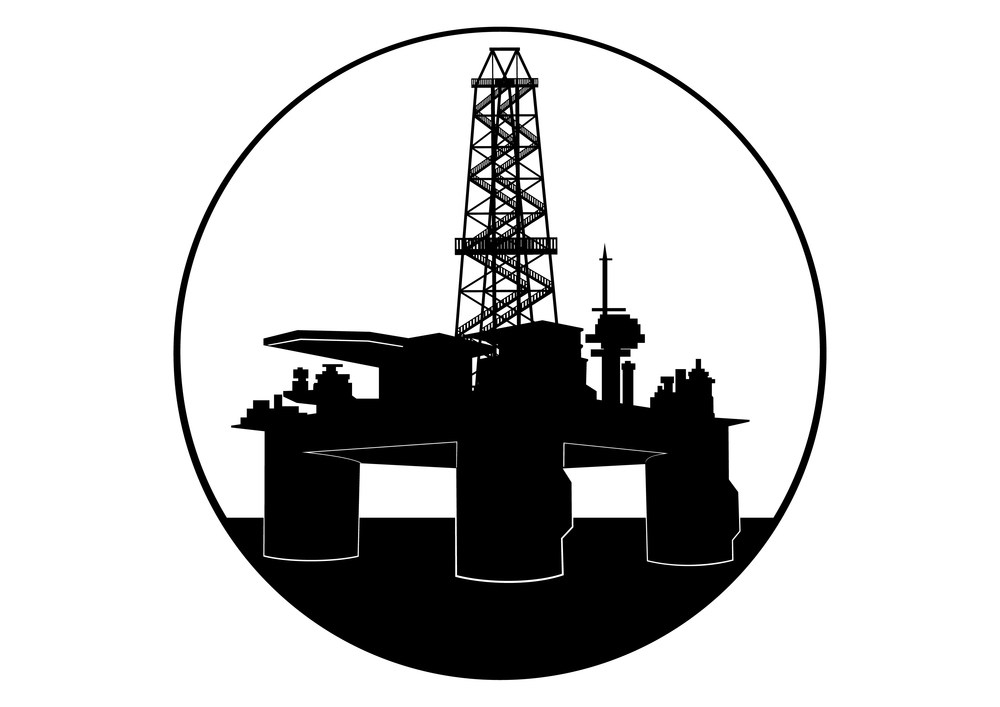
While vast oil reserves have been discovered in Brazil, the Gulf of Mexico and West Africa, extreme pressure and hostile conditions are making extraction a daily challenge.
But on a special report for The New Economy, Rita Lobo investigates the technologies that may allow the oil and gas industry to take the next step in its development.
When ultra deep-sea oil reserves were discovered in 1983, the difficulties associated with extraction were more than defiant. But with the discovery of increasingly vast fields over the past years, the industry can no longer overlook these opportunities, says Lobo.
The reports determines how, since 2010, ultra deep sea drilling has been a fundamental part of the way the company uncovers vast reserves.
Drilling off the south-east coast of Brazil, the sheer depth and perceived impregnability of the terrain have made exploration a real challenge. But with pledged investment of around $200 billion in developing the technology and exploring more fields, one company are pioneering the way for others across the world to do the same.
Safety, however, remains a key issue. Following the Deep Water Horizon disaster, where 11 rig-workers were killed and 4.9 million barrels of crude oil covered the Louisiana coast, security concerns have been in the forefront of discussions about the future of the oil industry.
Lobo’s report shows how new technology is helping make the industry safer and challenging extraction more viable, allowing the industry to open new frontiers in exploration and reaping greater rewards in the process.
Comments
H.B. Industrial & Equipment
My company offers Diesel engines. new surplus, rebuilt and used, Power generators both new and used and surplus new. Barges, tugs,metal castings,forgings,